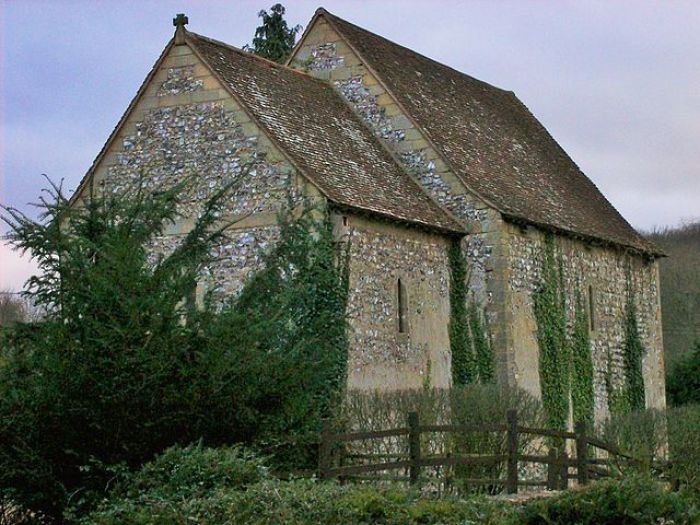2 ancient churches lost to the Black Death reopen after 650 years

Two ancient churches in Kent, closed for over 650 years after the outbreak of the Black Death plague decimated their congregations, have finally reopened to the public in a celebratory event.
The sister churches, Dode and St. Benedict's at Paddlesworth, located just 1.5 miles apart, welcomed visitors on Sunday in a historic event marking their simultaneous reopening.
Both churches, which date back to the early 1100s, were once thriving Christian community centers until the Black Death struck in 1349. The plague wiped out the population of Dode entirely, leaving only the church standing. The parish priest was subsequently moved to Paddlesworth, and Dode remained unused for centuries.
Douglas Chapman, the current keeper of Dode church, purchased the site around 35 years ago and has since spent decades restoring it. The Norman stonework, foundations, and roof design are of particular interest to those studying sites of Christian worship in the United Kingdom.
Chapman described the restoration as a "labor of love" and recounted the extensive work required to bring the church back to its original condition.
"It had been locked up for 600-odd years," he told the Metro newspaper, adding that, although the roof had been replaced in the early 1900s, the building had fallen into severe disrepair.
When Chapman first acquired the church, it was in a dire state, having been partly desecrated and sometimes used as a rural "drugs den." Over the following decade, he painstakingly cleared out the site, restored its original features, and installed basic utilities like electricity and water.
"The place essentially hadn't been touched, or at least hadn't been used, since 1367, when the priest was sent to Paddlesworth because everybody in Dode was either dead or had left," he said, reflecting on the long journey of restoration that finally culminated in the church's reopening.
Visitors were invited to walk the scenic trail between the two churches, offering a glimpse into the rich history of the North Downs. Chapman noted, "The churches were both always full but not overcrowded, and people walked between the two in the North Downs. It's the first time the two churches have ever done anything like that."
He also added, "The churches are very similar. They are very near and were built in an almost identical way around 1100, at the end of William the Conqueror's reign."
Though there is supposedly a mass grave underneath or near Dode church, Chapman has refused to let archaeologists excavate.
Visitors can expect to see a photo exhibition, old maps and historic documents — including one dating back to 1367, when the parishes of Dode and Paddlesworth were combined.
Chapman also shared the intriguing local belief that Gundulf — also known as Gundulph — a Christian bishop serving in Rochester who built Dode church — inspired the character of Gandalf in J.R.R. Tolkien's The Lord of the Rings. He remarked, "Tolkien was a professor of Medieval history and would have known all about Gundulf. The theory is that Gundulf became Gandalf. ... It's a shame Tolkien isn't around to confirm it."
Dode Church will be available for wedding services and naming ceremonies and will continue to open to the public once every six weeks. Visitors can also request a visit to St. Benedict's Anglican Church at any time.
With justifiable pride in the restoration, Chapman said, "People will get to visit two ancient churches, and hopefully, they will appreciate the history and the work that has gone into them."
This article was originally published by Christian Today.





























